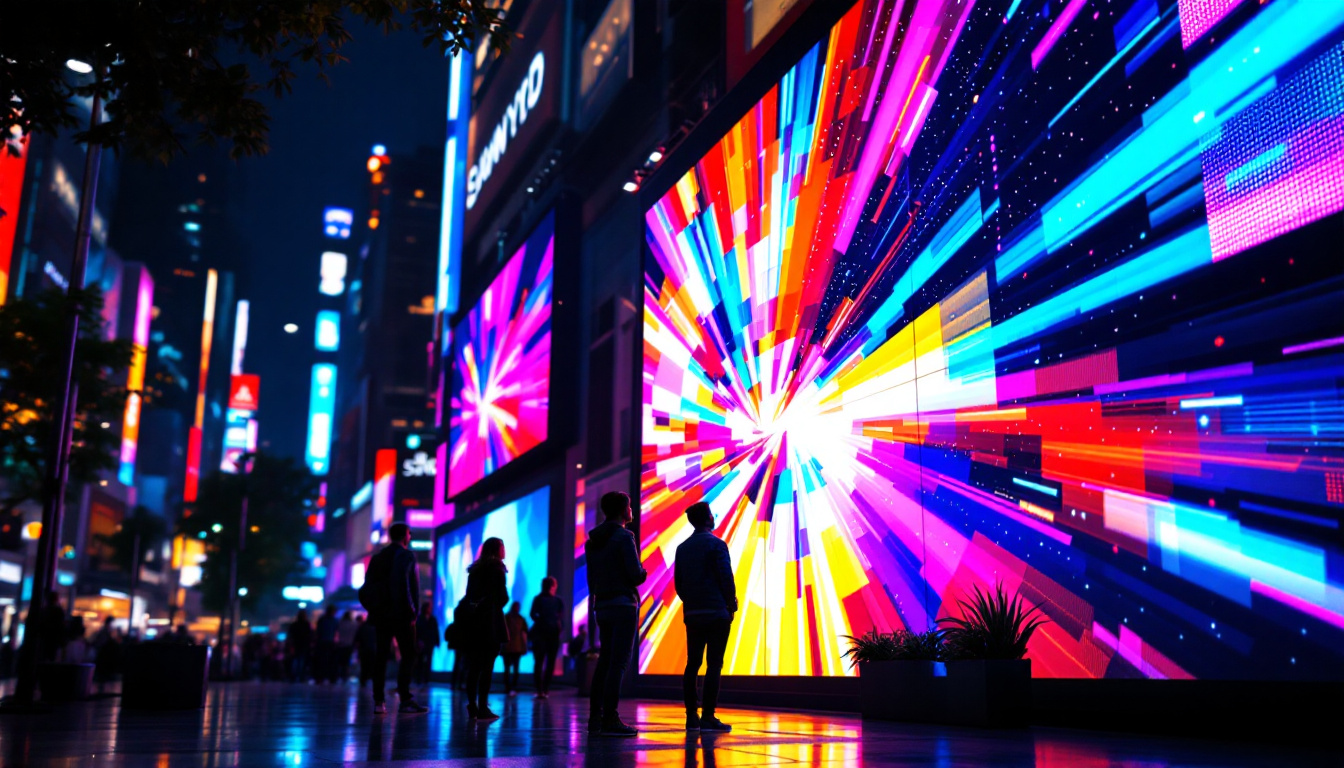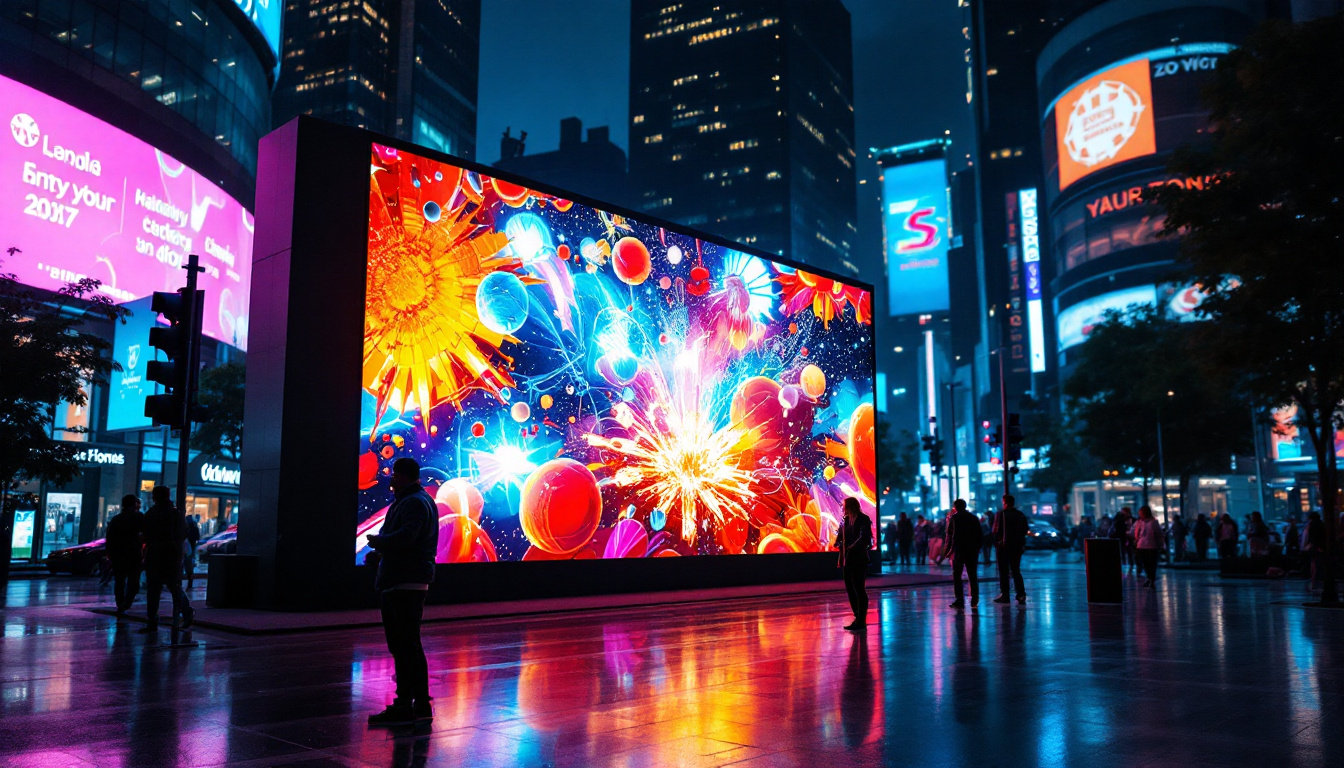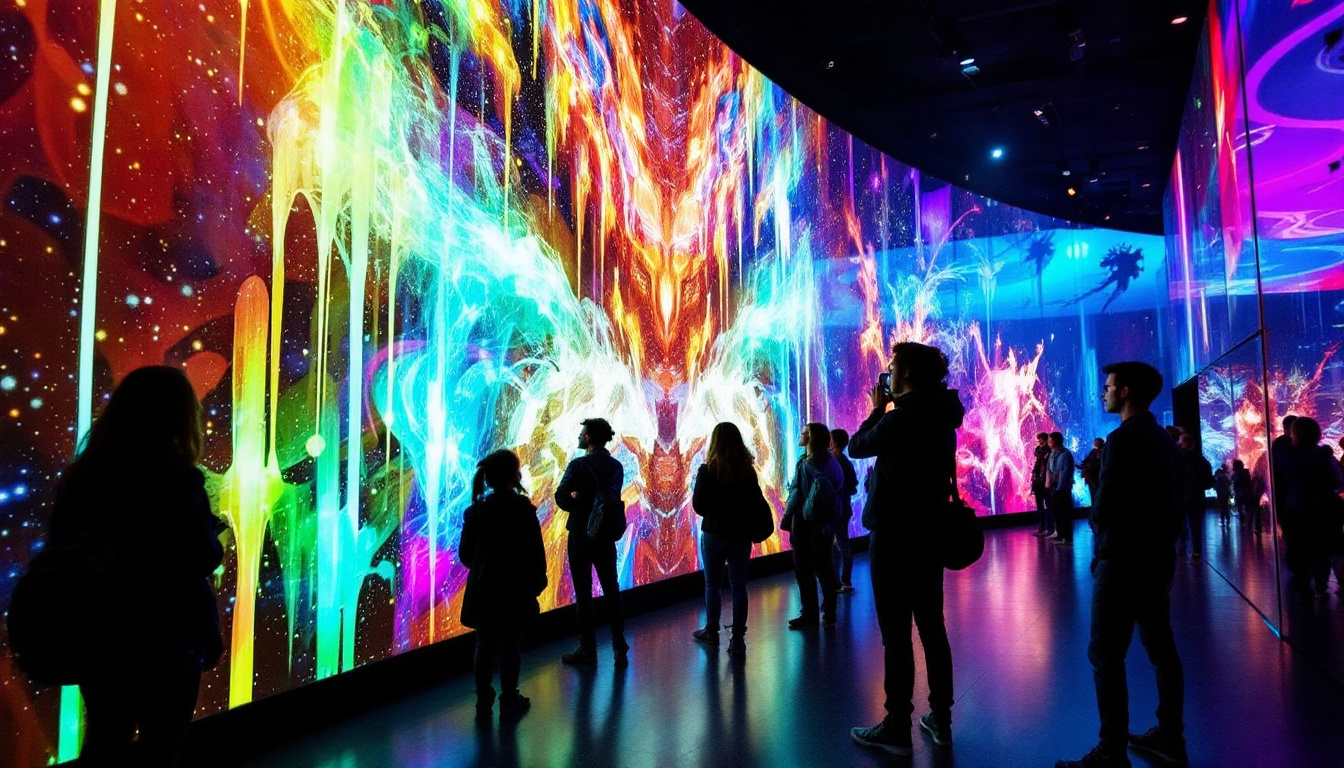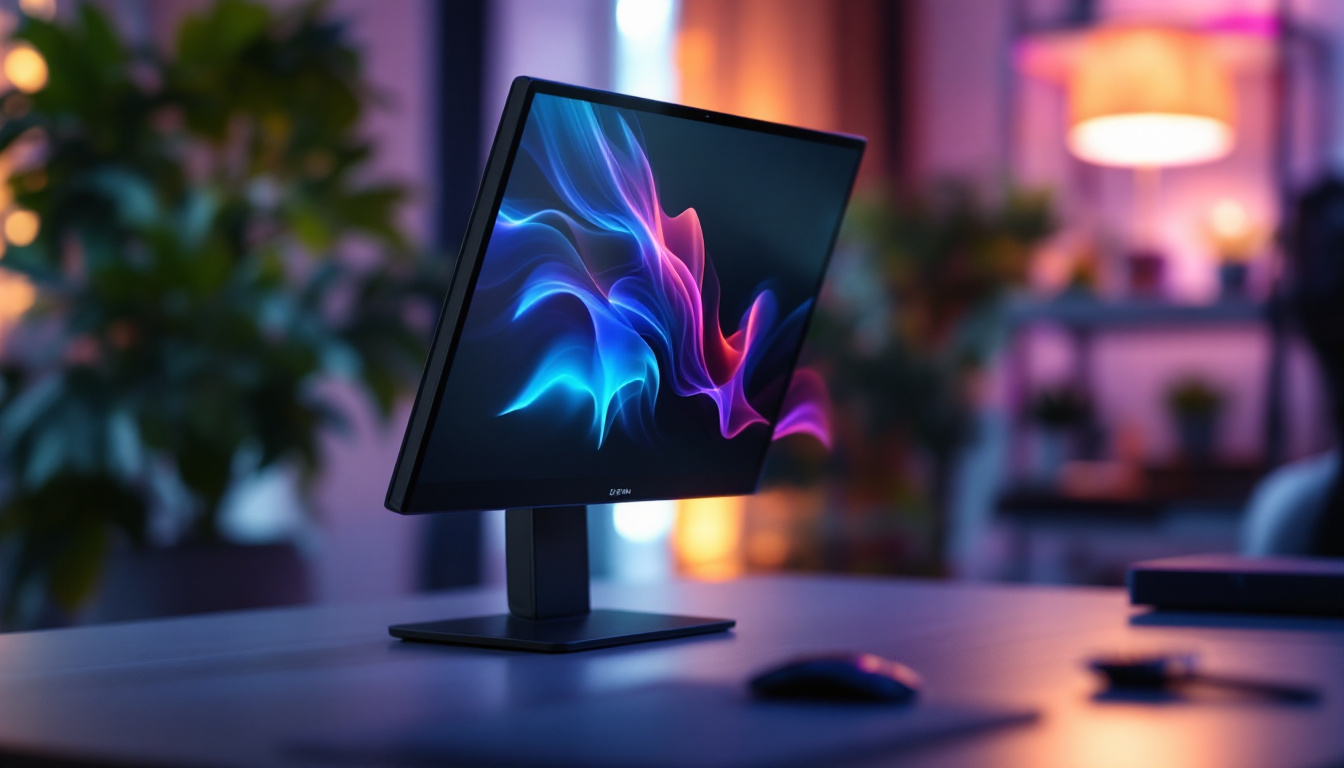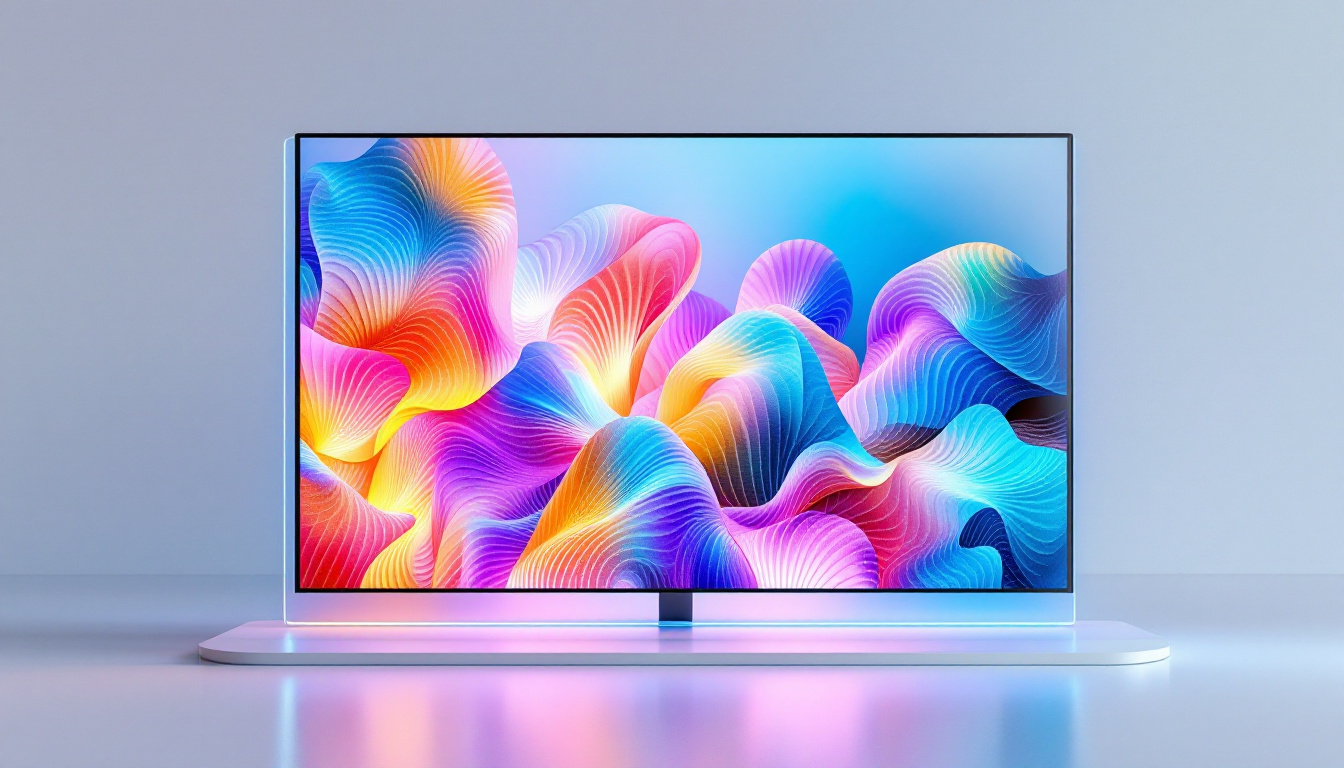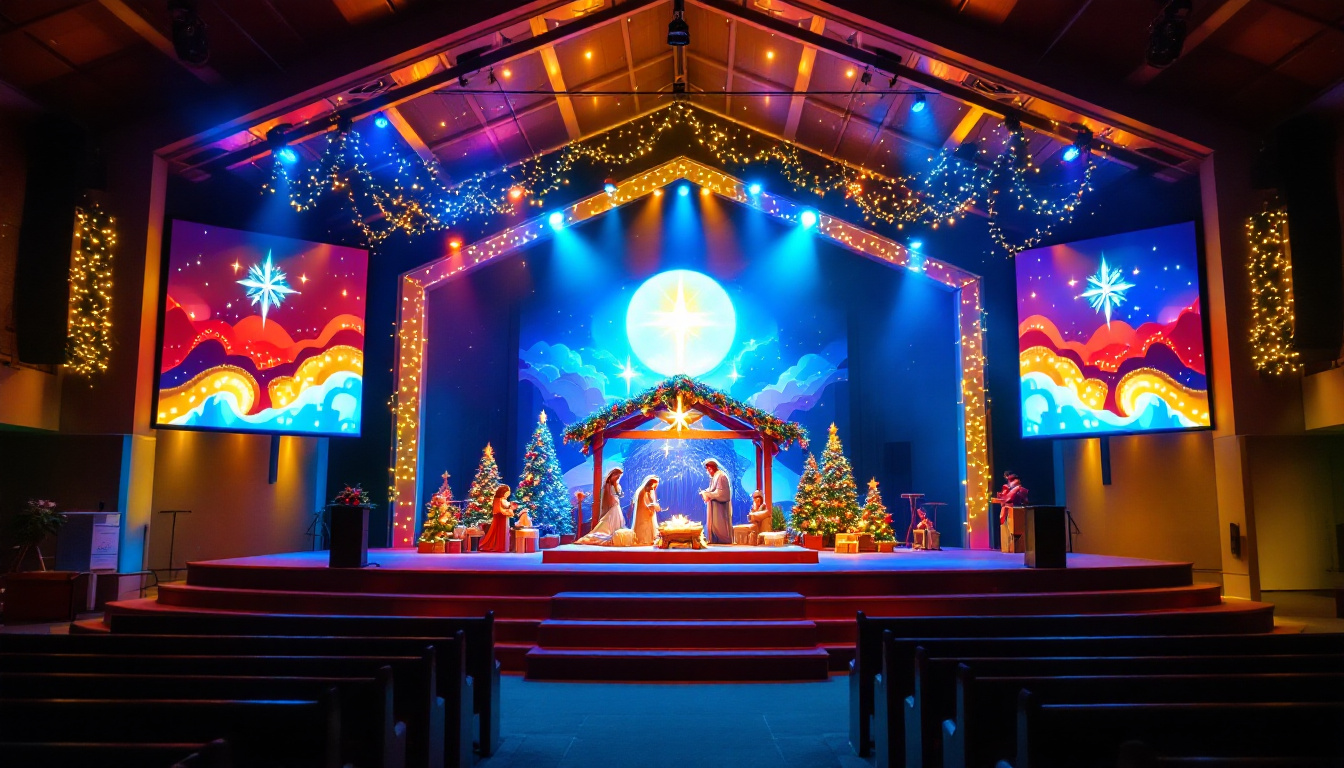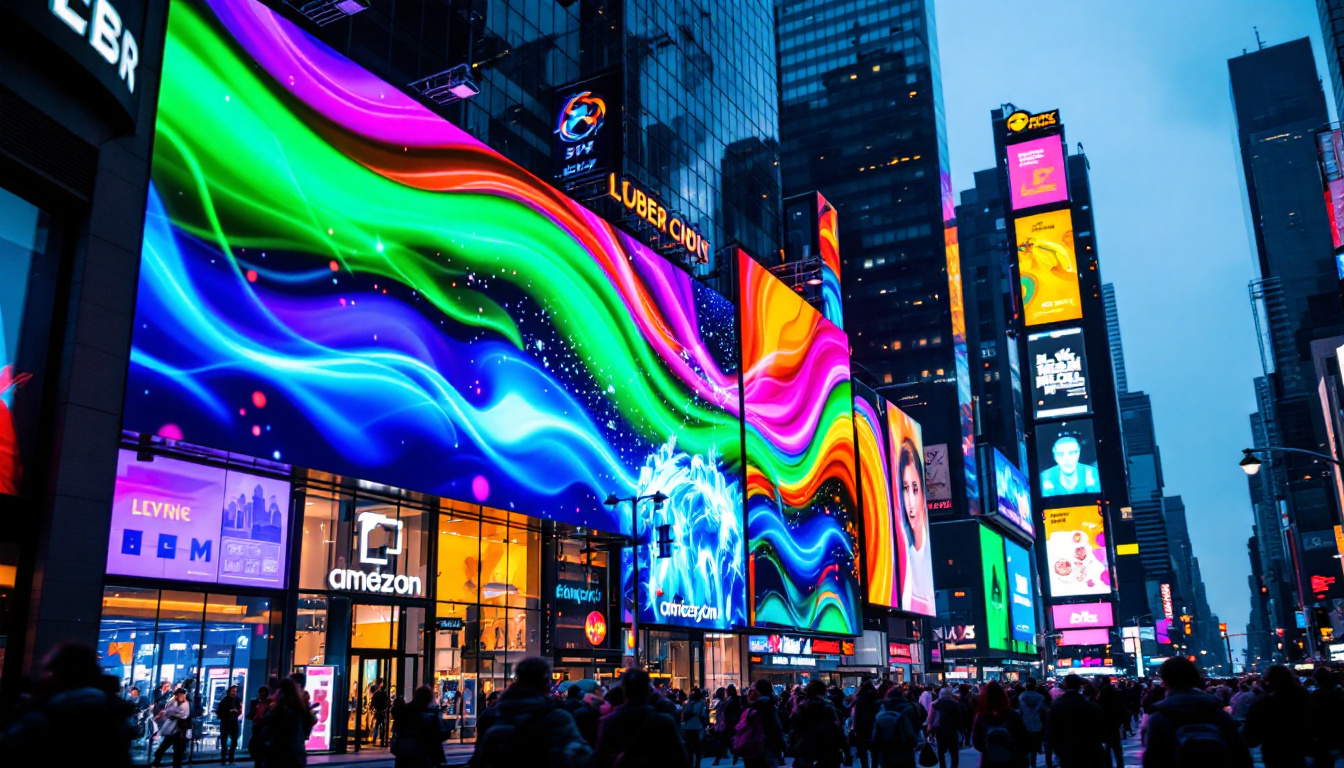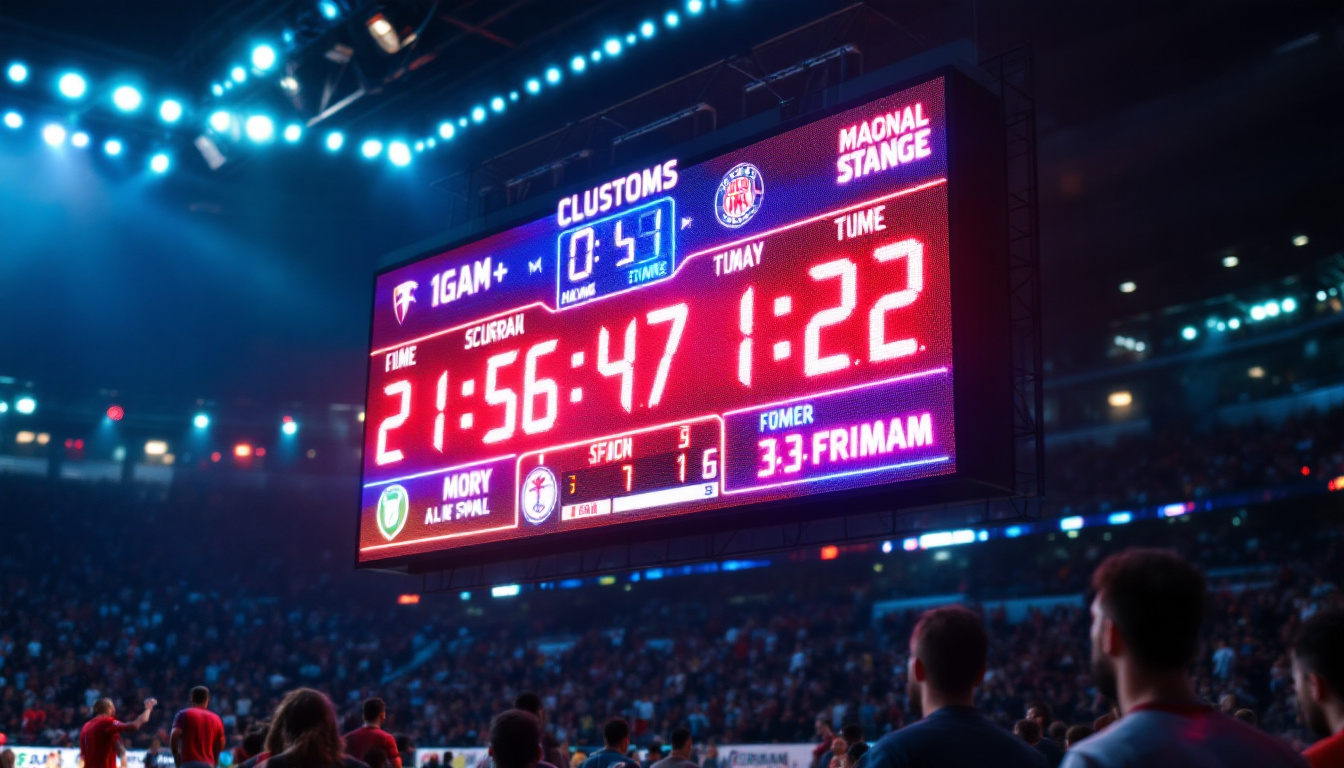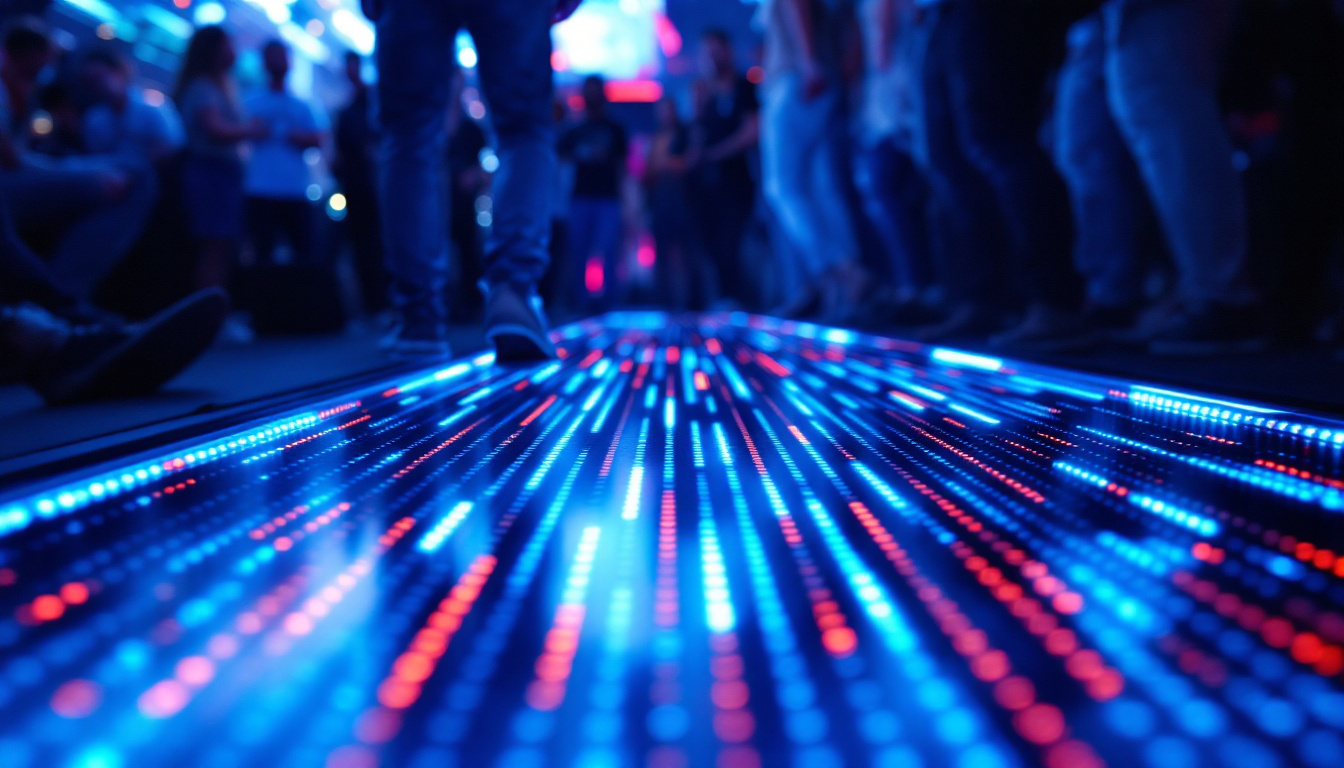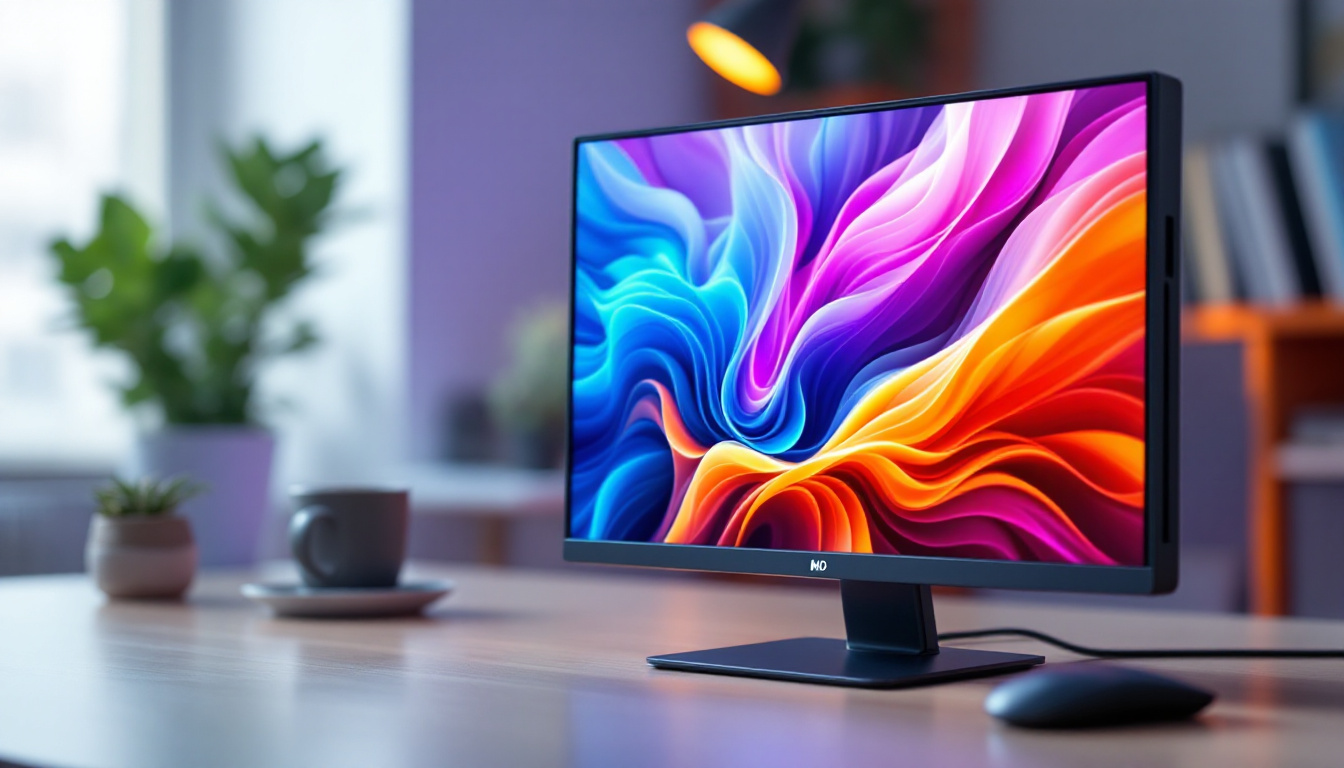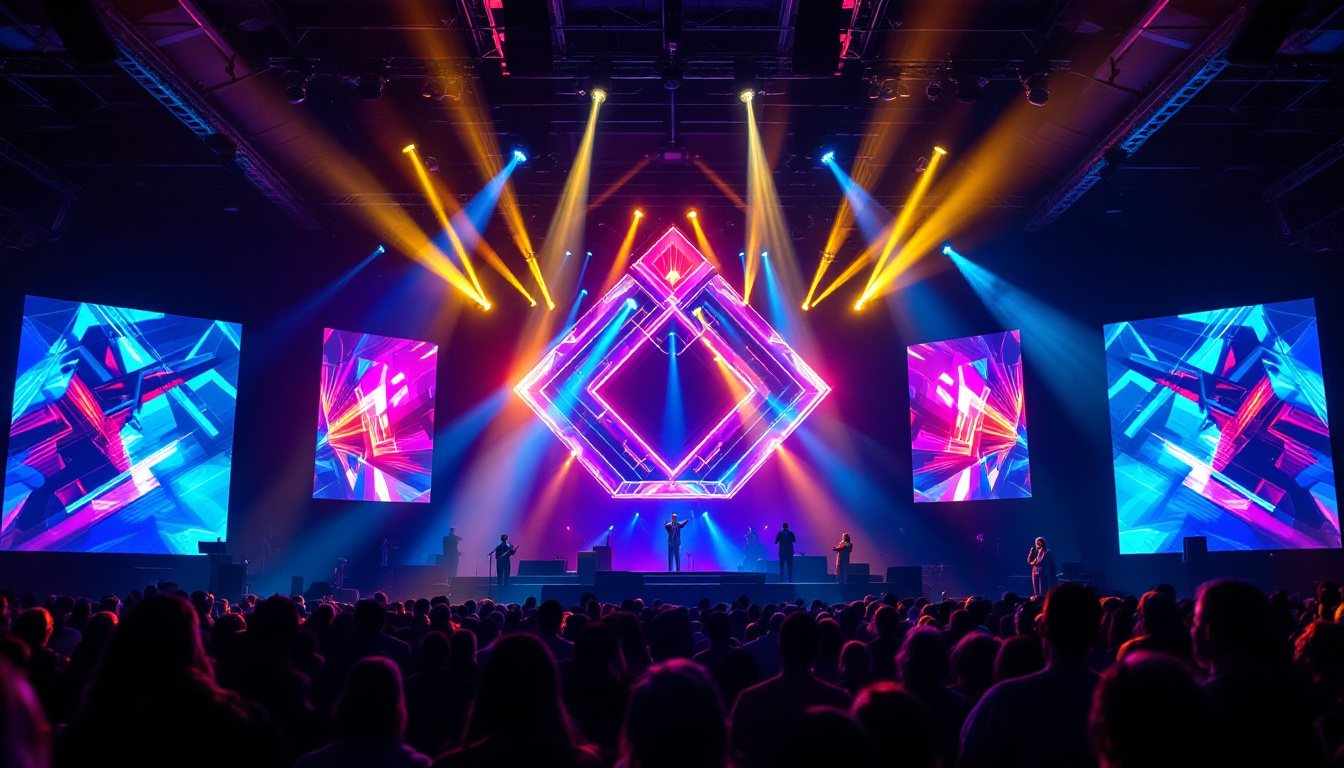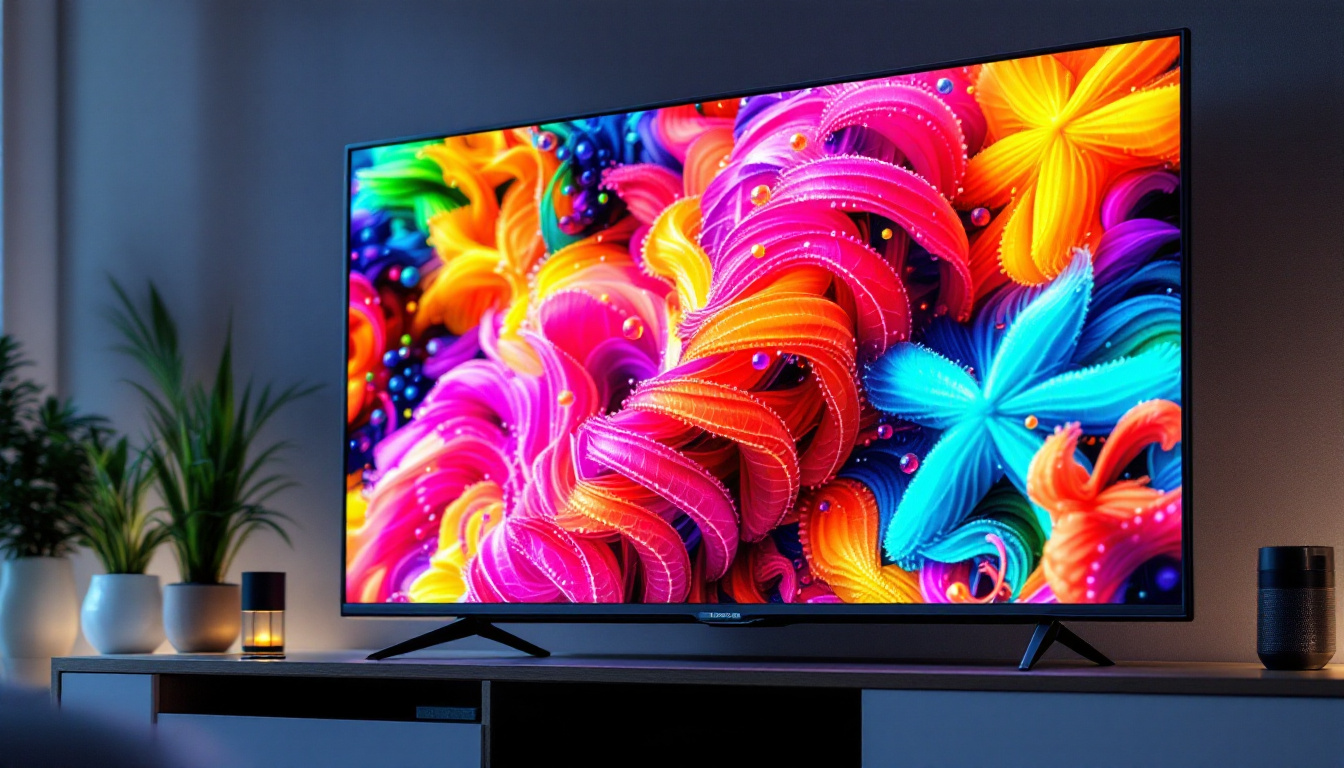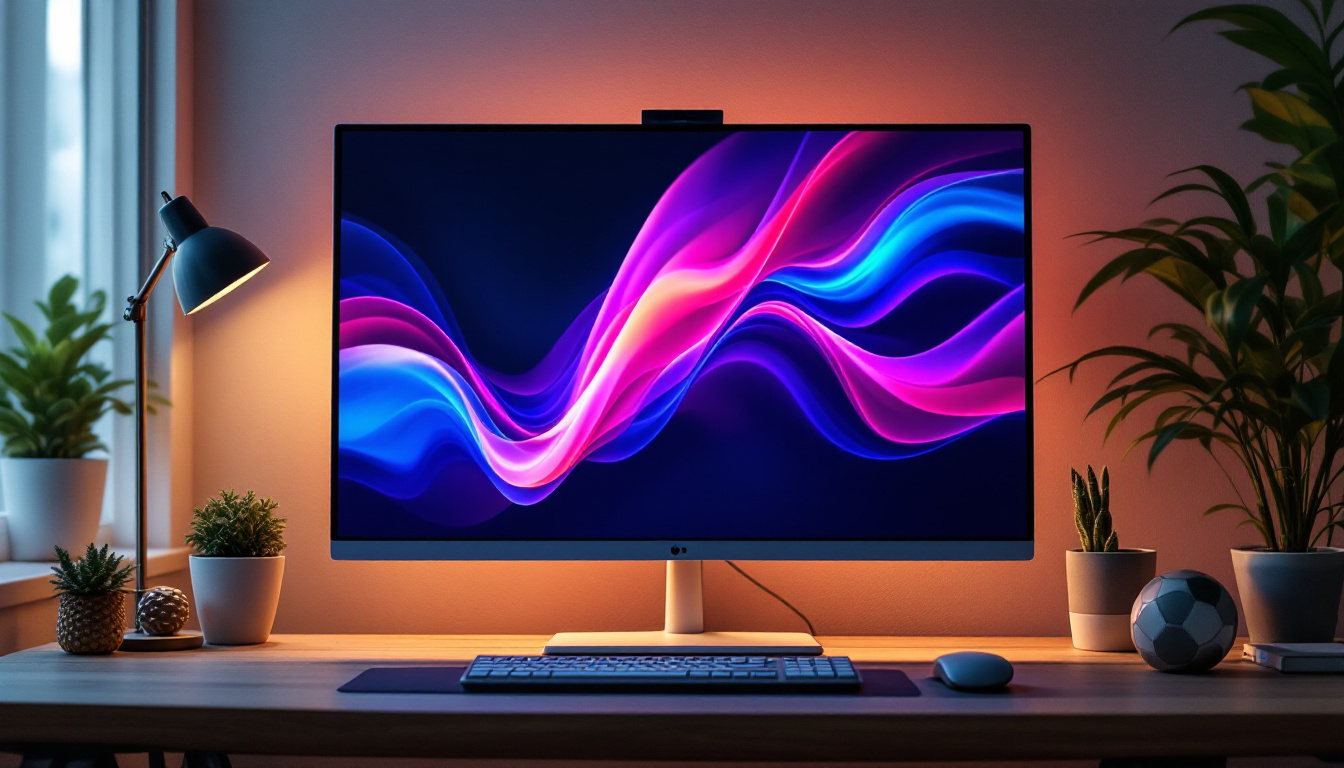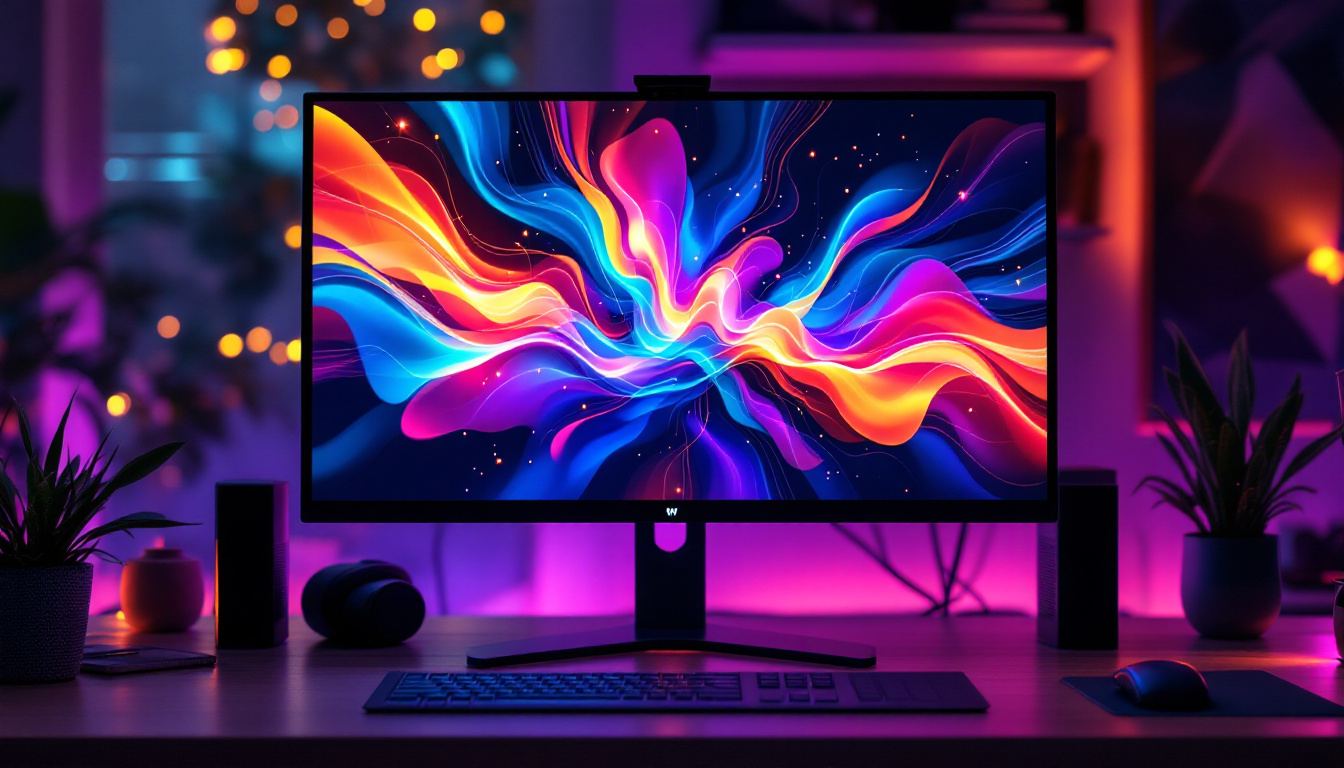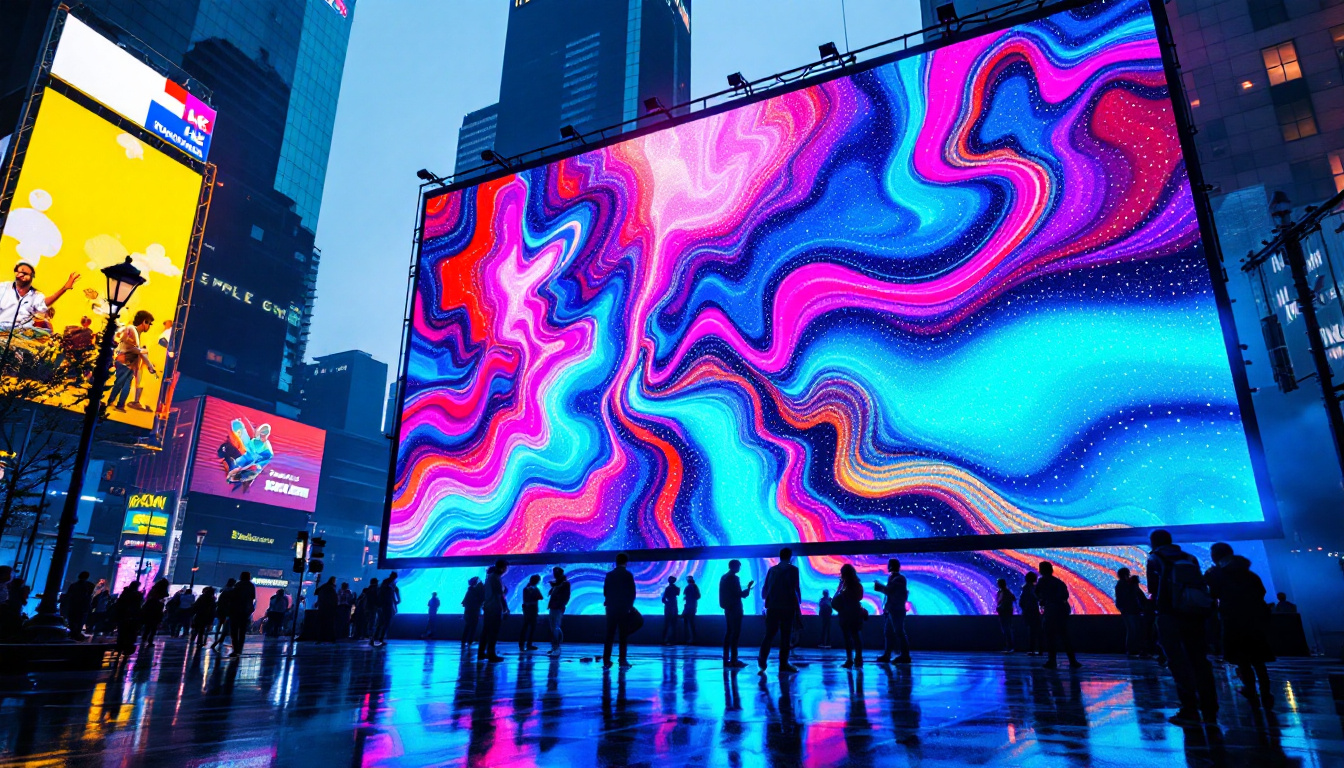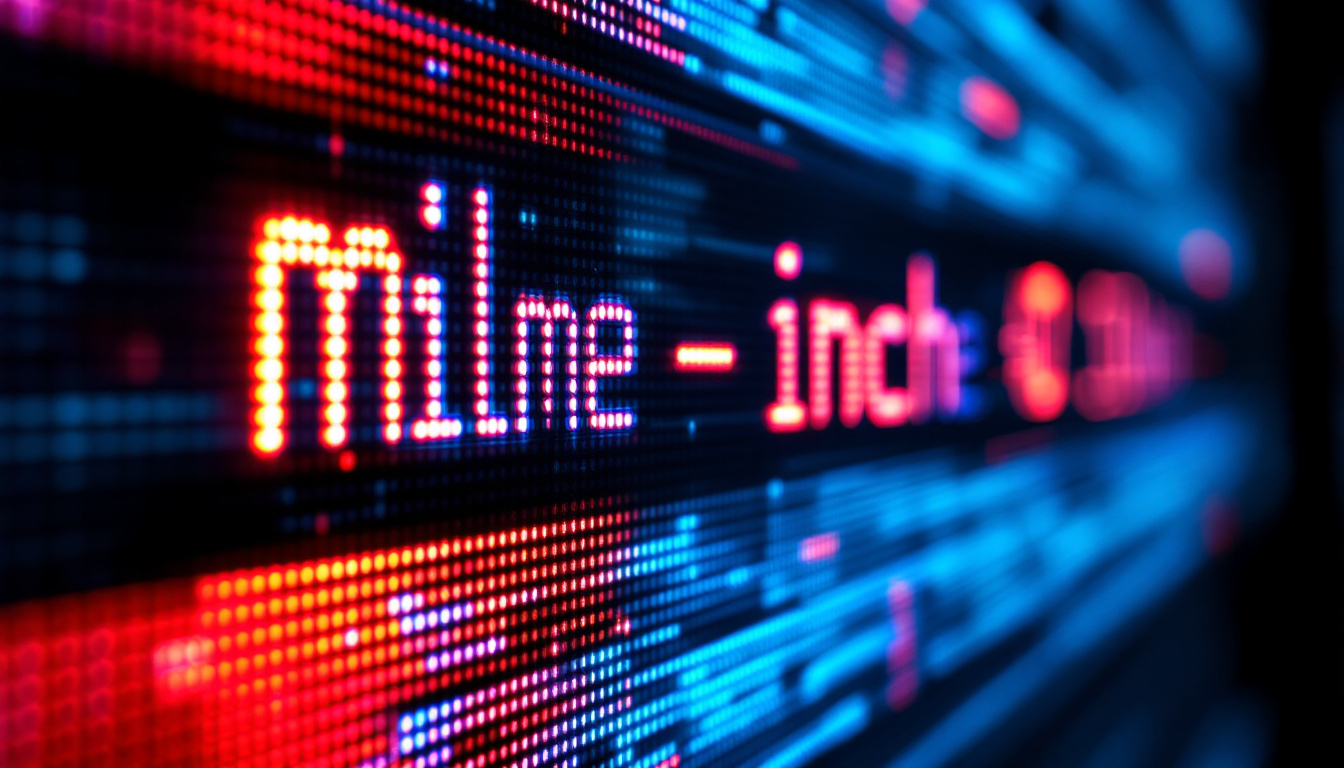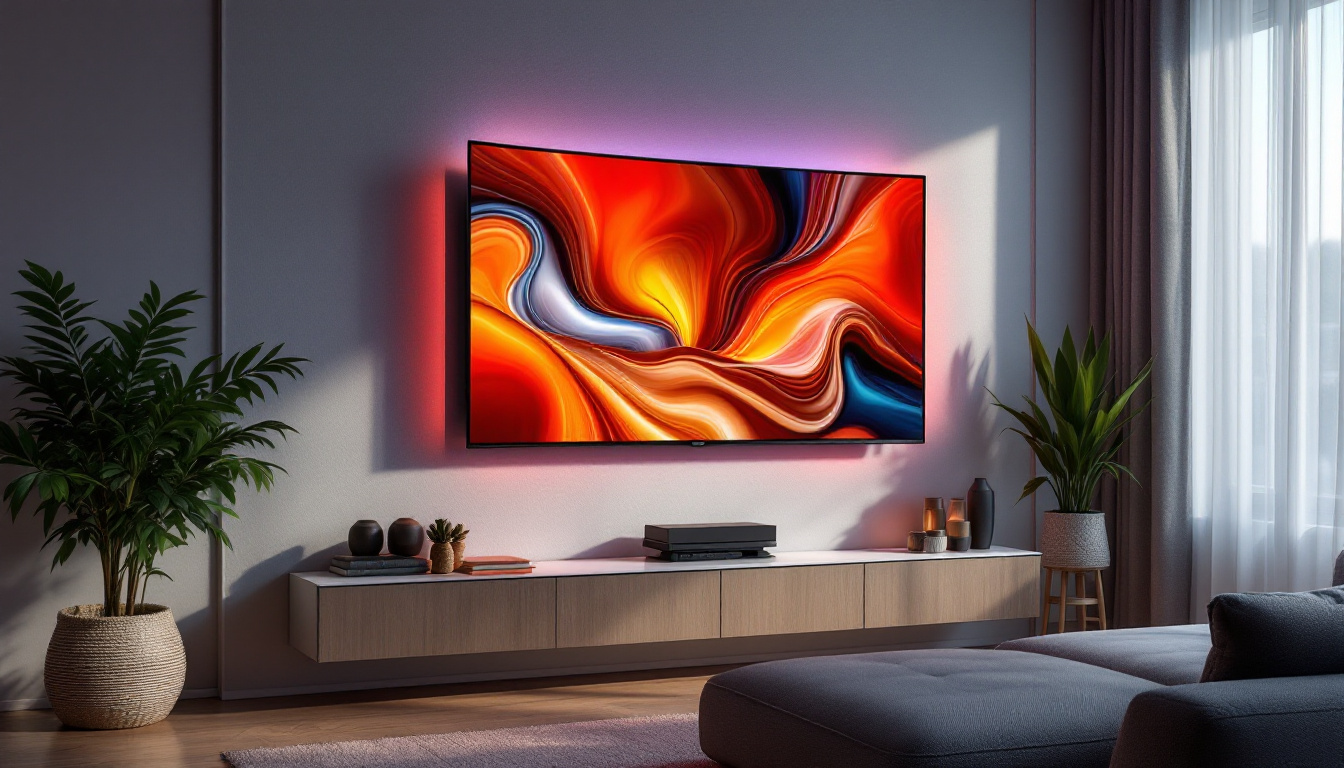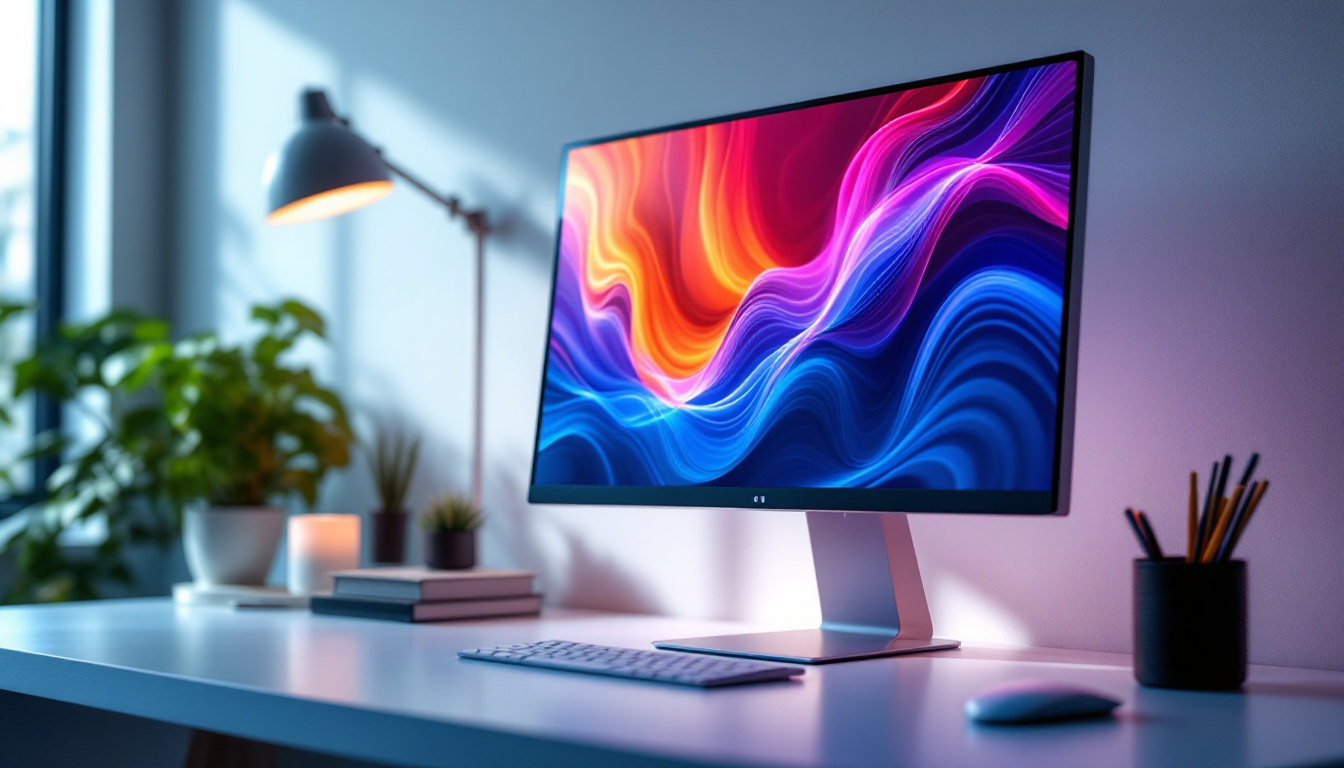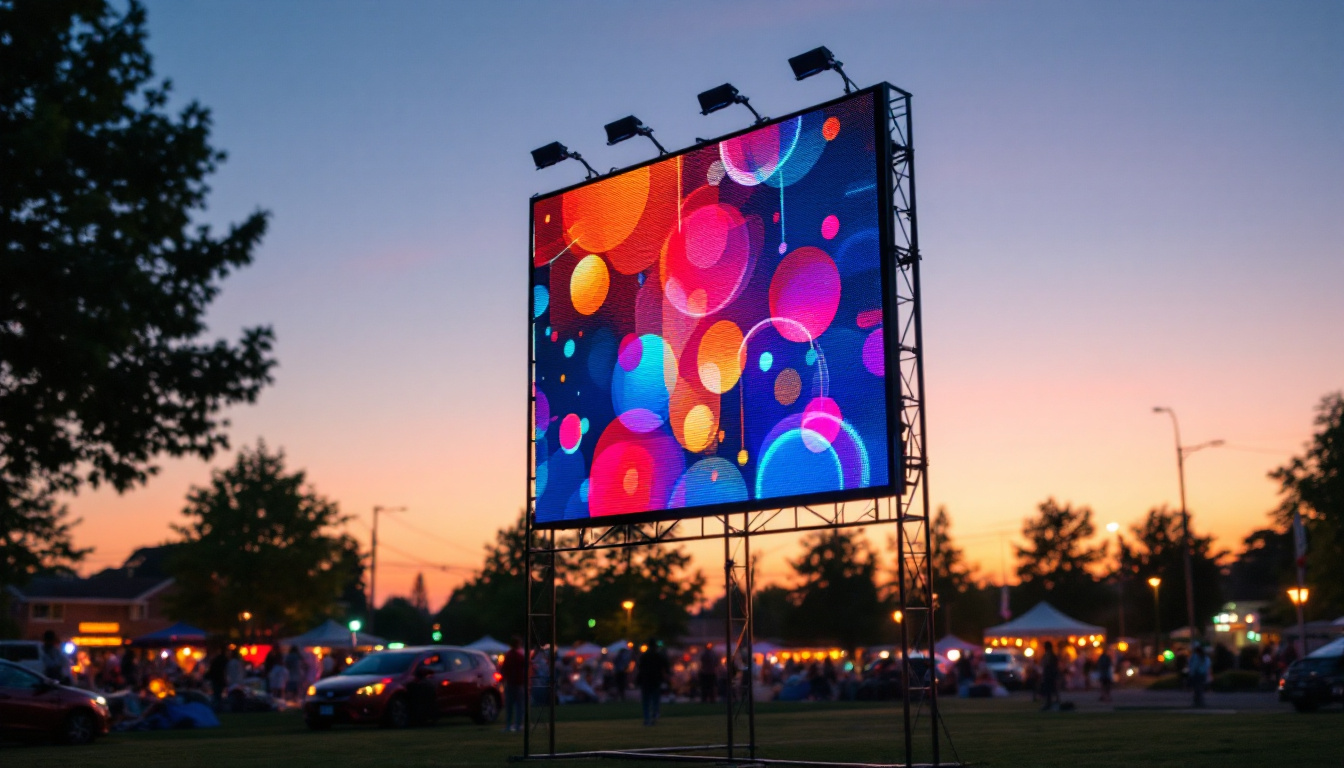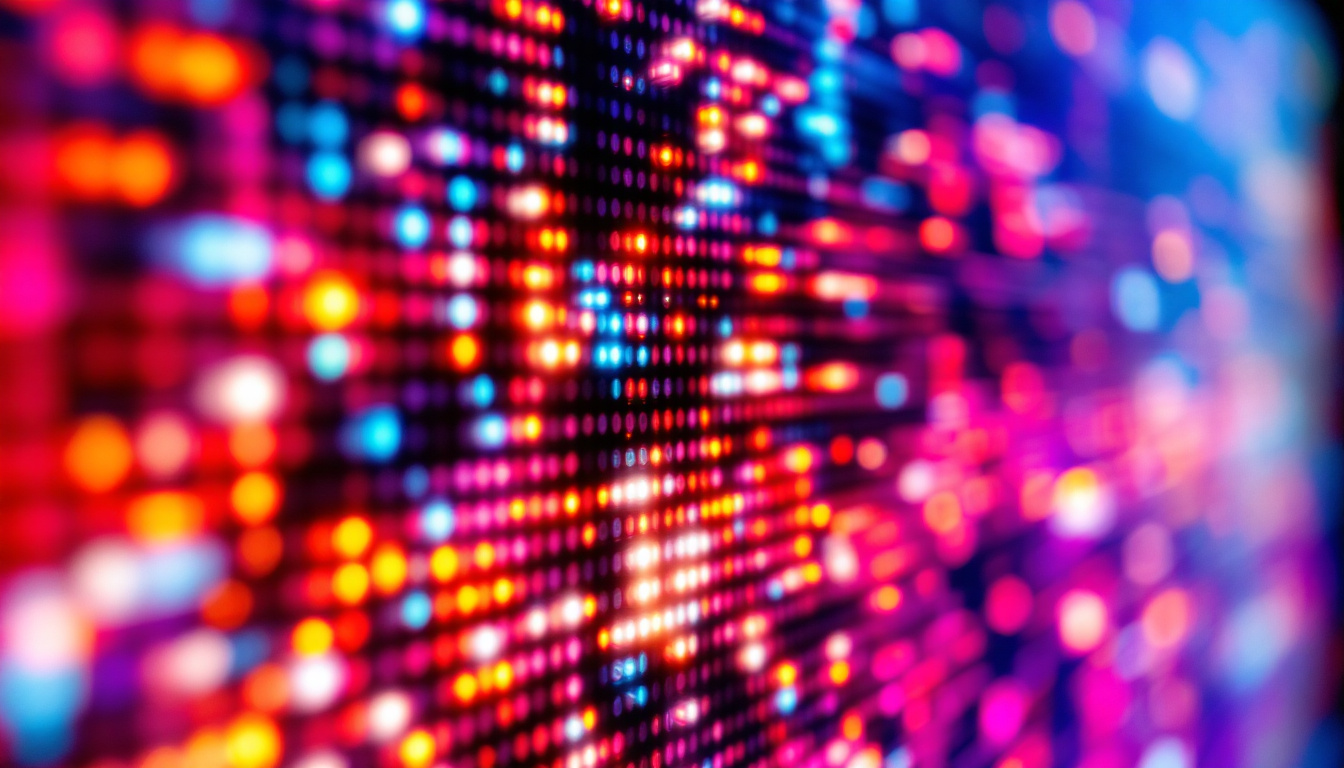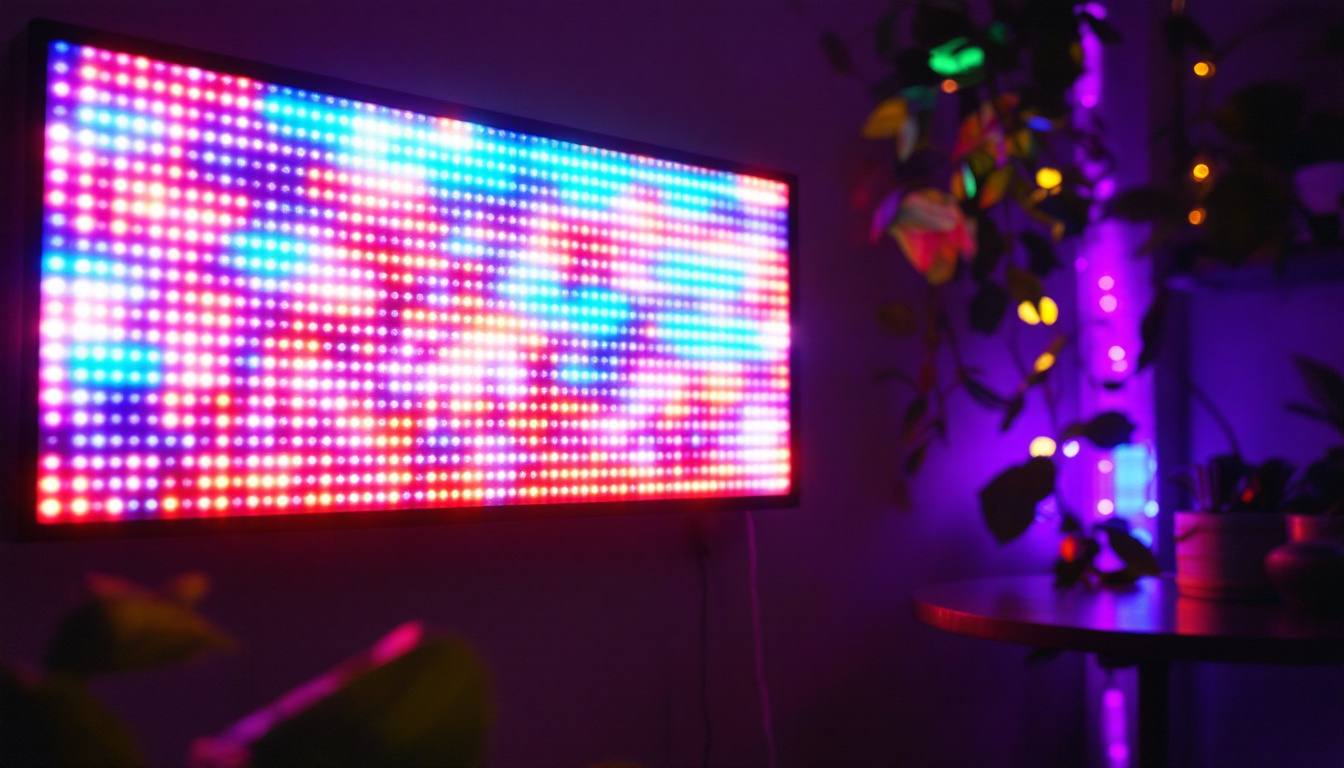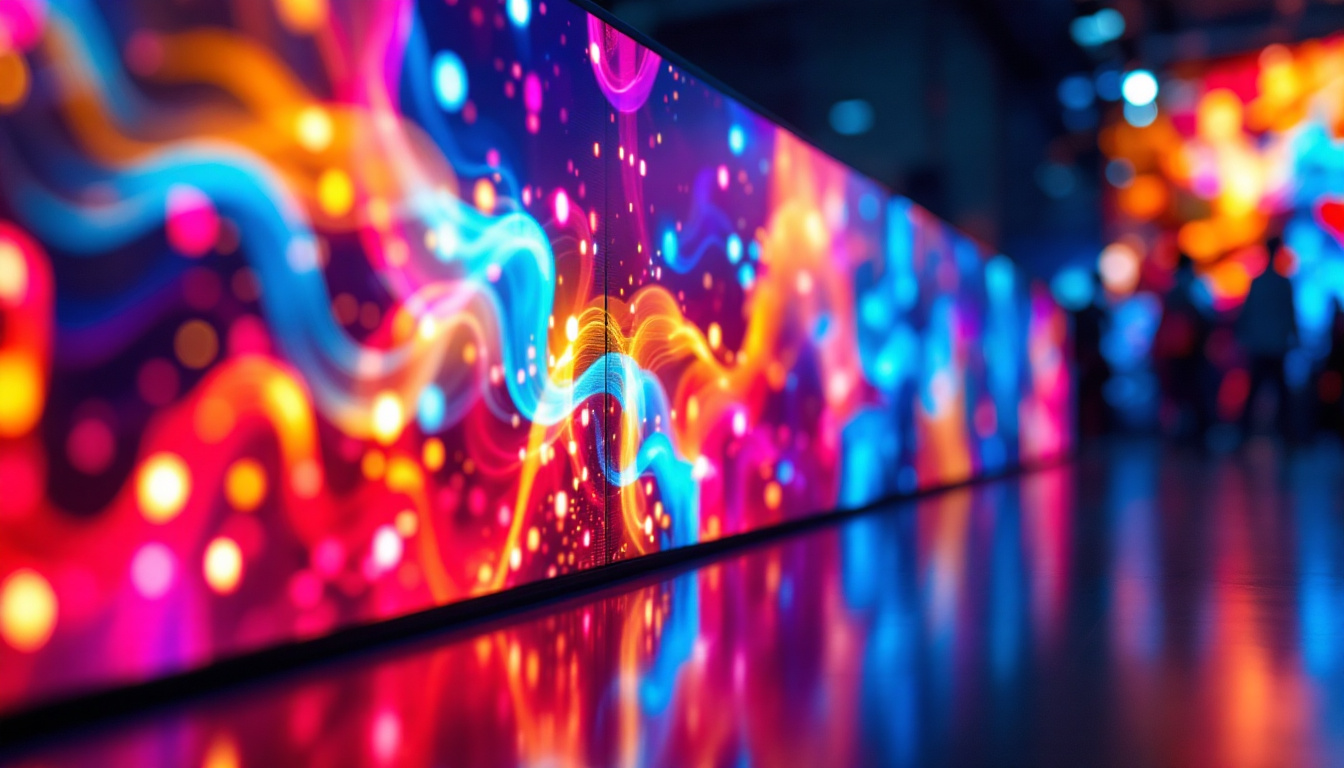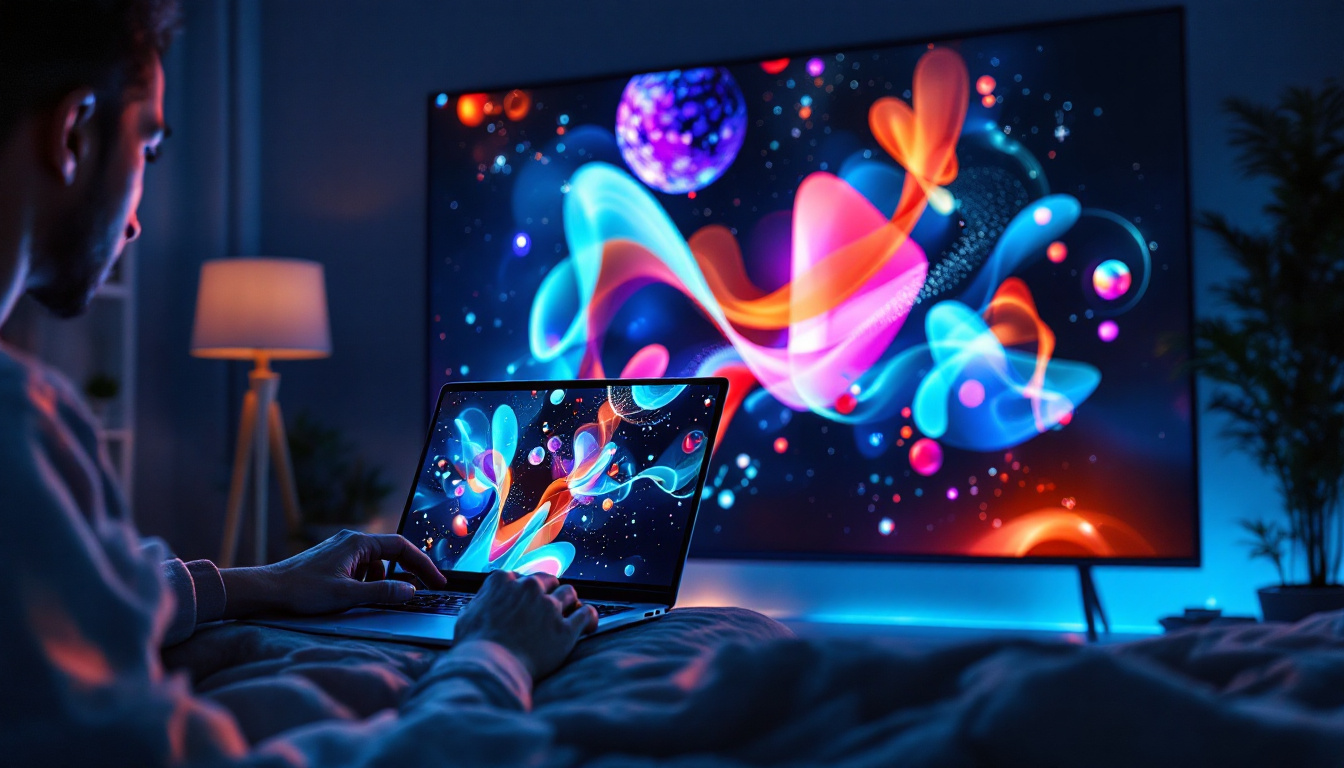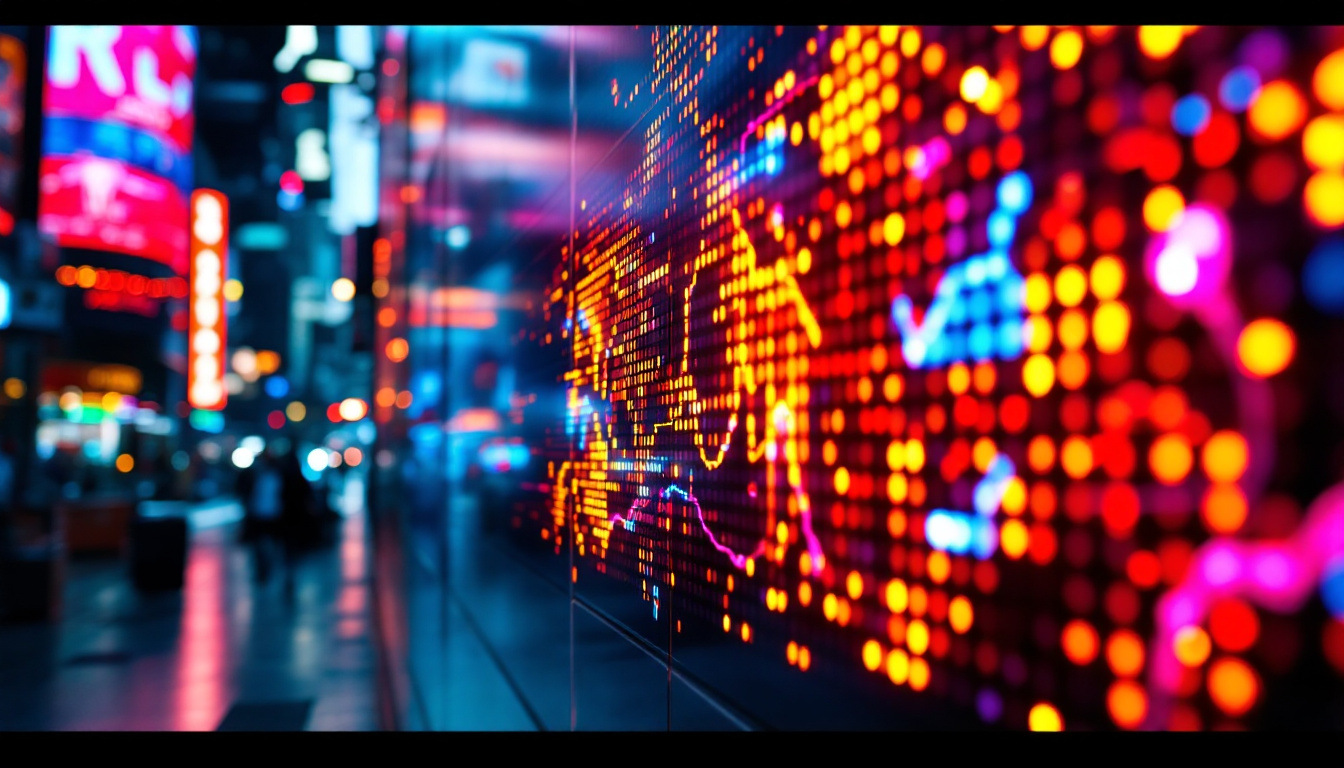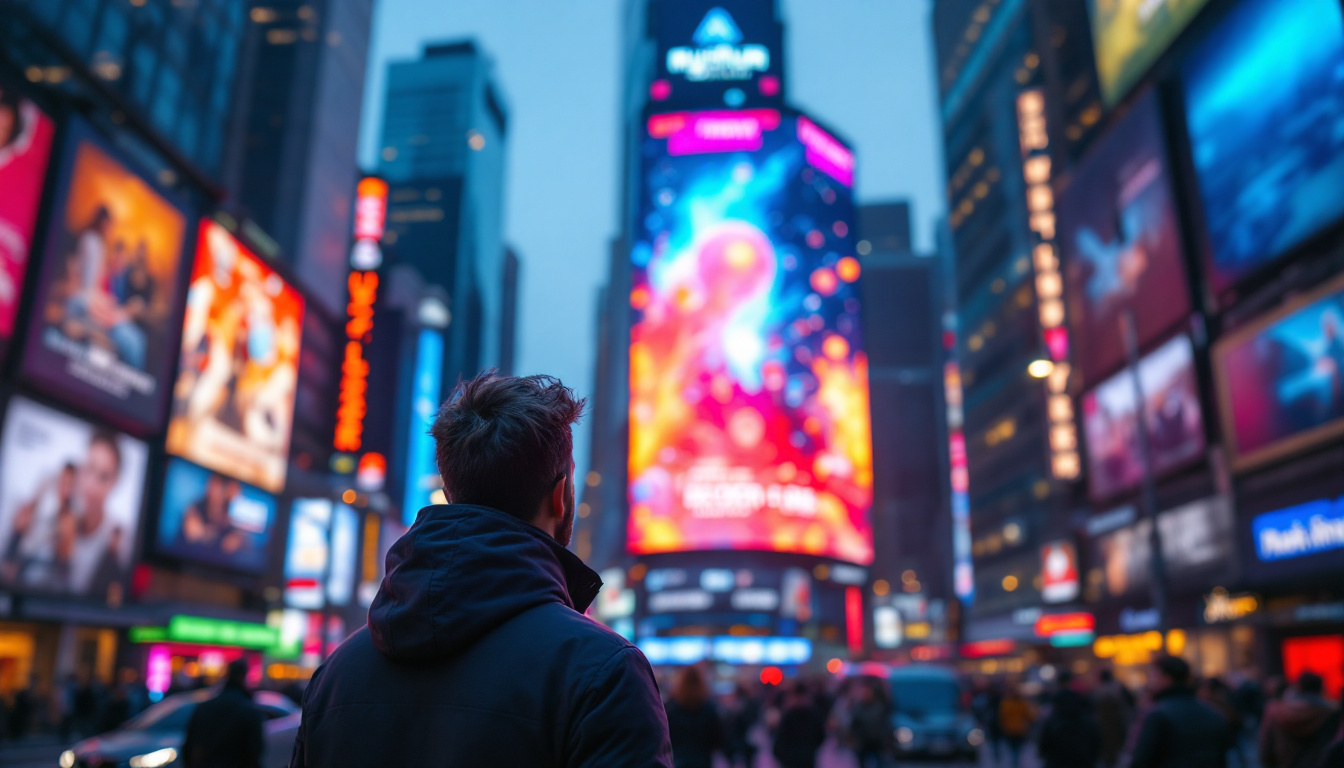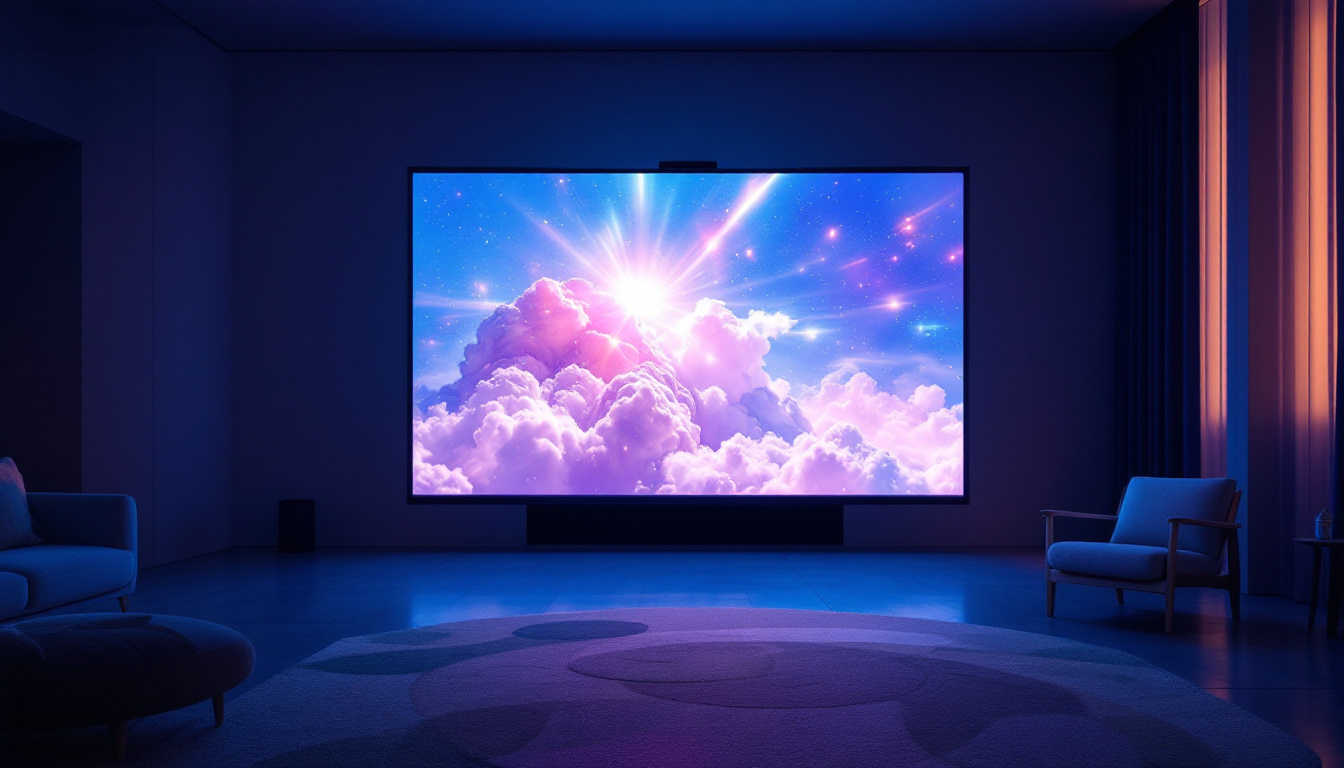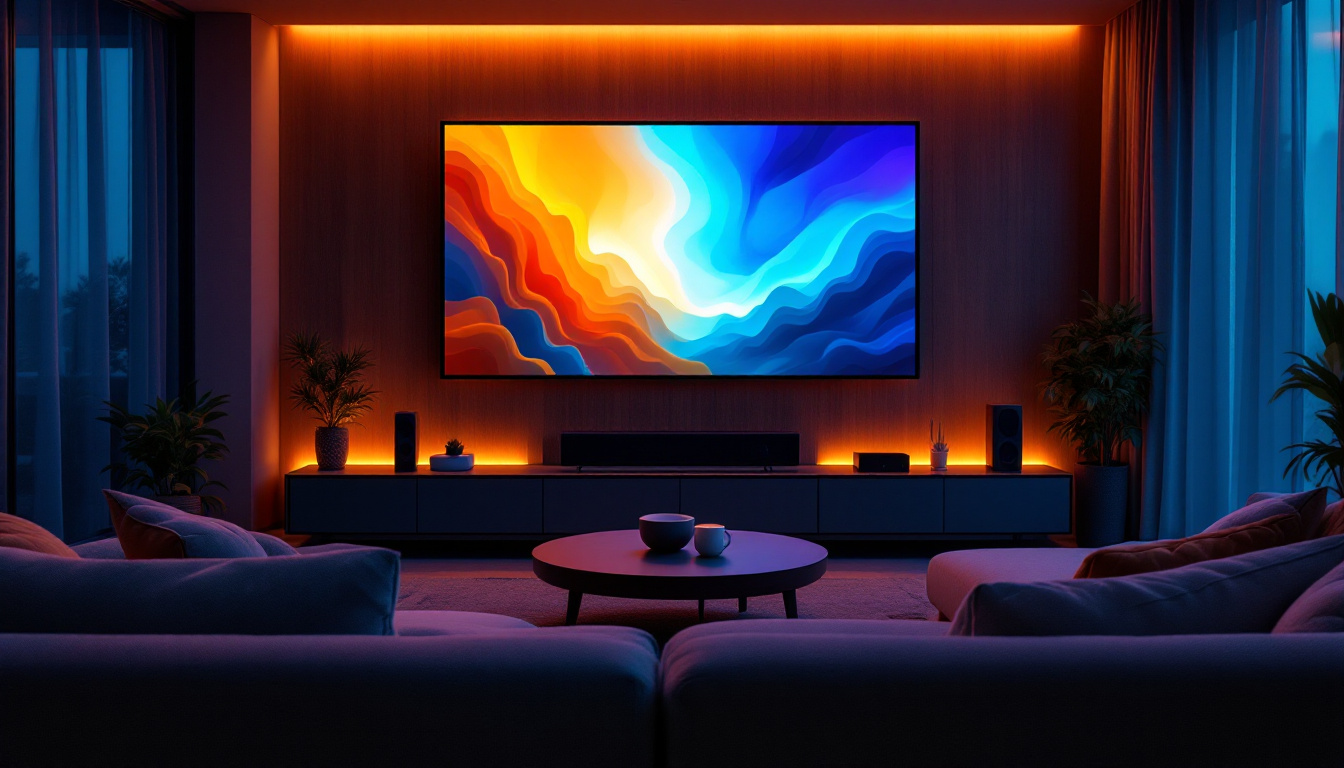In today’s digital landscape, LED displays have become a ubiquitous element in advertising, entertainment, and information dissemination. These vibrant screens not only capture attention but also convey messages in a dynamic and engaging manner. Understanding how to effectively utilize LED displays is essential for businesses and organizations looking to enhance their visibility and impact. This article delves into the intricacies of LED displays, exploring their technology, applications, and best practices for implementation.
Understanding LED Technology
LED, or Light Emitting Diode, technology has revolutionized the way visual content is presented. Unlike traditional display methods, LEDs offer superior brightness, energy efficiency, and longevity. This section will break down the fundamental aspects of LED technology, providing a solid foundation for understanding its applications.
The Basics of LED Displays
LED displays are composed of numerous tiny diodes that emit light when an electric current passes through them. These diodes are arranged in a grid format, allowing for the creation of images and videos. The pixel density of an LED display is crucial, as it determines the clarity and detail of the visuals presented. Higher pixel density results in sharper images, making it ideal for close viewing distances.
There are two primary types of LED displays: direct view and backlit. Direct view LED displays consist of individual LEDs that form the entire screen, while backlit displays use LEDs to illuminate an LCD panel. Each type has its advantages and disadvantages, depending on the intended use and environment.
Color and Brightness
One of the standout features of LED displays is their ability to produce vibrant colors and high brightness levels. The color output is achieved through a combination of red, green, and blue (RGB) diodes, which can be mixed in various intensities to create a full spectrum of colors. This capability is particularly beneficial for outdoor applications, where sunlight can wash out traditional displays.
Brightness is measured in nits, and a higher nit rating indicates a brighter display. For outdoor LED displays, a brightness level of at least 5,000 nits is recommended to ensure visibility in direct sunlight. Indoor displays, on the other hand, can operate effectively at lower brightness levels, typically ranging from 1,000 to 3,000 nits.
Applications of LED Displays
The versatility of LED displays allows them to be used in a wide range of applications. From advertising billboards to sports arenas, the potential uses are virtually limitless. This section explores some of the most common applications of LED displays, highlighting their effectiveness in various settings.
Advertising and Marketing
LED displays have transformed the advertising landscape, providing businesses with a dynamic platform to showcase their products and services. Digital billboards, for instance, can display multiple advertisements in rotation, maximizing exposure and engagement. The ability to change content in real-time allows advertisers to tailor messages based on time of day, audience demographics, or current events.
Moreover, LED displays can be integrated with social media feeds, allowing brands to interact with their audience in real-time. This interactivity not only enhances brand visibility but also fosters a sense of community among consumers.
Entertainment Venues
In the entertainment industry, LED displays play a crucial role in enhancing the audience experience. Concerts, sporting events, and theater productions utilize large LED screens to display visuals that complement performances. These displays can showcase live feeds, graphics, and animations, creating an immersive environment for attendees.
Furthermore, LED technology has made its way into home entertainment systems, with many consumers opting for LED TVs for their superior picture quality and energy efficiency. The vibrant colors and deep contrasts offered by LED televisions have made them a popular choice for movie enthusiasts and gamers alike.
Information Dissemination
Public spaces such as airports, train stations, and shopping malls often employ LED displays to convey important information. Flight schedules, train arrivals, and promotional messages can be easily updated and displayed in real-time, ensuring that the public stays informed. The clarity and visibility of LED displays make them ideal for high-traffic areas where quick communication is essential.
Additionally, LED displays can be used for wayfinding, guiding visitors through complex environments with ease. Interactive kiosks equipped with LED screens can provide directions, local information, and even promotional content, enhancing the overall visitor experience.
Choosing the Right LED Display
With a myriad of options available, selecting the right LED display for a specific application can be a daunting task. Various factors must be considered to ensure that the chosen display meets the intended objectives. This section outlines the key considerations when selecting an LED display.
Location and Environment
The location where the LED display will be installed plays a significant role in its selection. Outdoor displays must be designed to withstand various weather conditions, including rain, snow, and extreme temperatures. In contrast, indoor displays can focus more on aesthetics and viewing angles.
Brightness requirements also differ based on location. For outdoor displays, a higher brightness level is essential to combat sunlight, while indoor displays can function effectively at lower brightness levels. Additionally, the viewing distance should be taken into account; displays intended for close viewing should have higher pixel density to ensure clarity.
Content and Usage
Understanding the type of content that will be displayed is crucial when selecting an LED display. For dynamic content such as videos and animations, a high refresh rate and fast response time are essential to prevent blurring and ghosting. Conversely, static content such as text and images may not require the same level of performance.
Furthermore, consider the frequency of content updates. Displays that require frequent changes may benefit from user-friendly software solutions that allow for easy content management. Cloud-based platforms can also facilitate remote updates, ensuring that content remains fresh and relevant.
Budget Considerations
Budget is often a determining factor in the selection of an LED display. Prices can vary significantly based on size, resolution, and technology. It is essential to balance quality with cost, ensuring that the chosen display meets the necessary specifications without exceeding budget constraints.
In addition to the initial purchase price, consider ongoing maintenance costs, energy consumption, and potential upgrades. Investing in a high-quality LED display may result in lower long-term costs due to reduced maintenance and energy efficiency.
Best Practices for LED Display Installation
Once the right LED display has been selected, proper installation is critical to ensure optimal performance and longevity. This section outlines best practices for installing LED displays, covering everything from site preparation to ongoing maintenance.
Site Preparation
Before installation, it is essential to prepare the site adequately. This includes evaluating the structural integrity of the mounting surface and ensuring that it can support the weight of the display. Additionally, consider the accessibility of the installation site for maintenance purposes.
Proper electrical and data connections must also be established to ensure seamless operation. It is advisable to consult with professionals who specialize in LED display installations to guarantee that all technical requirements are met.
Calibration and Testing
After installation, calibration is necessary to ensure that the display operates at peak performance. This involves adjusting brightness, color balance, and contrast to achieve the desired visual output. Testing the display under various conditions will help identify any potential issues that may arise during regular use.
Regular maintenance checks should also be scheduled to ensure that the display remains in optimal condition. This includes cleaning the screen, checking connections, and updating software as needed. Proactive maintenance can extend the lifespan of the display and prevent costly repairs.
The Future of LED Displays
As technology continues to evolve, the future of LED displays looks promising. Innovations in design, functionality, and interactivity are set to transform how these displays are utilized across various industries. This section explores some of the anticipated trends and advancements in LED technology.
Advancements in Technology
Emerging technologies such as microLED and OLED are set to redefine the capabilities of LED displays. MicroLED technology offers higher pixel density and improved energy efficiency, while OLED displays provide superior contrast and color accuracy. These advancements could lead to even more immersive experiences for users.
Additionally, the integration of artificial intelligence (AI) and machine learning into LED display systems is expected to enhance content personalization and targeting. This could allow businesses to deliver tailored messages to specific audiences based on real-time data analysis.
Interactive Displays
The demand for interactive displays is on the rise, particularly in retail and educational settings. Touchscreen LED displays enable users to engage with content directly, facilitating a more immersive experience. This interactivity can drive customer engagement and enhance learning outcomes in educational environments.
Furthermore, augmented reality (AR) and virtual reality (VR) technologies are beginning to merge with LED displays, creating new opportunities for immersive storytelling and brand experiences. As these technologies develop, the potential applications for LED displays will continue to expand.
Conclusion
LED displays have become an integral part of modern communication, offering a dynamic and engaging way to convey information and promote brands. Understanding the technology behind LED displays, their applications, and best practices for installation can empower businesses and organizations to leverage this powerful medium effectively.
As the industry continues to evolve, staying informed about the latest advancements and trends will be essential for maximizing the potential of LED displays. Whether for advertising, entertainment, or information dissemination, the right LED display can elevate any message and captivate audiences in ways that traditional methods cannot.
Illuminate Your Message with LumenMatrix
Ready to transform your communication strategy with the vibrant clarity of LED displays? Discover how LumenMatrix can elevate your brand’s presence and captivate your audience. With a wide array of innovative solutions including Indoor and Outdoor LED Wall Displays, Vehicle LED Displays, and more, LumenMatrix is at the forefront of visual technology. Embrace the future of digital signage and create unforgettable visual experiences. Check out LumenMatrix LED Display Solutions today and let your message shine.

